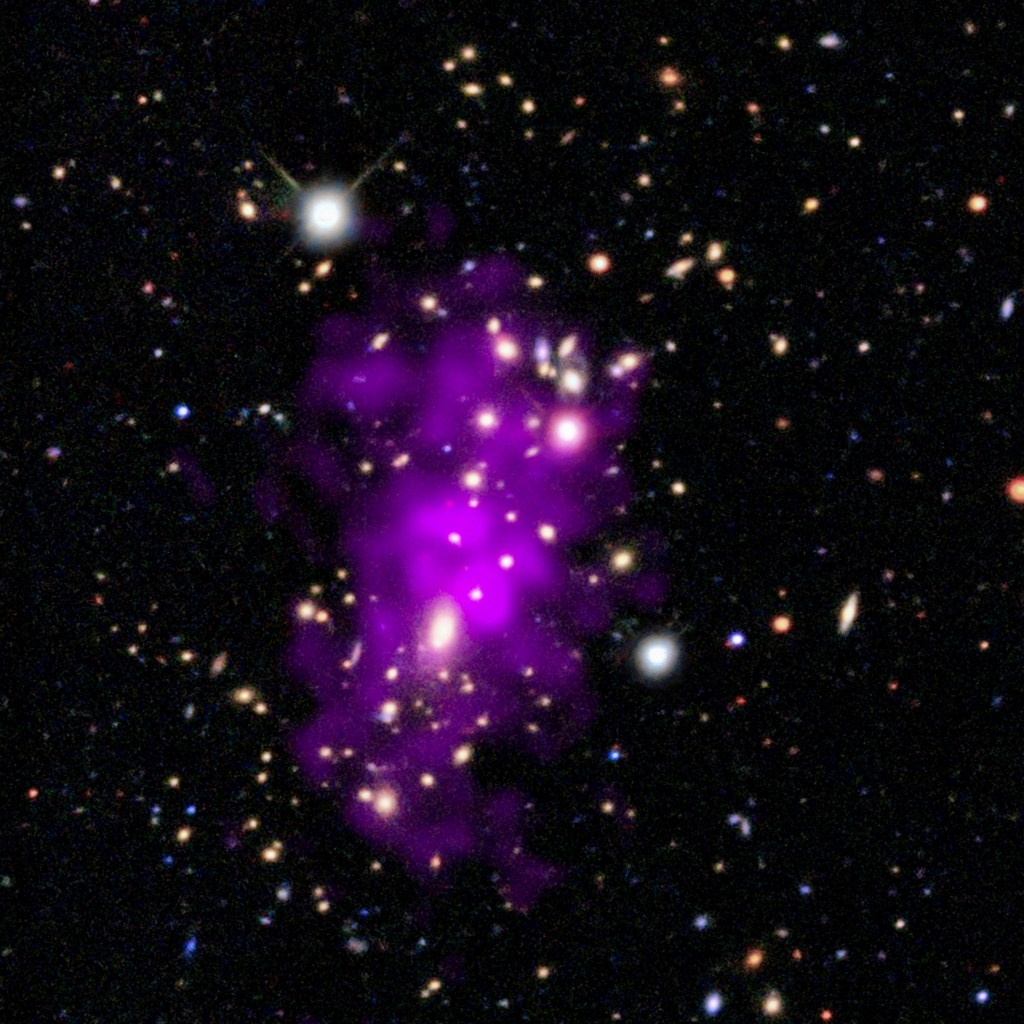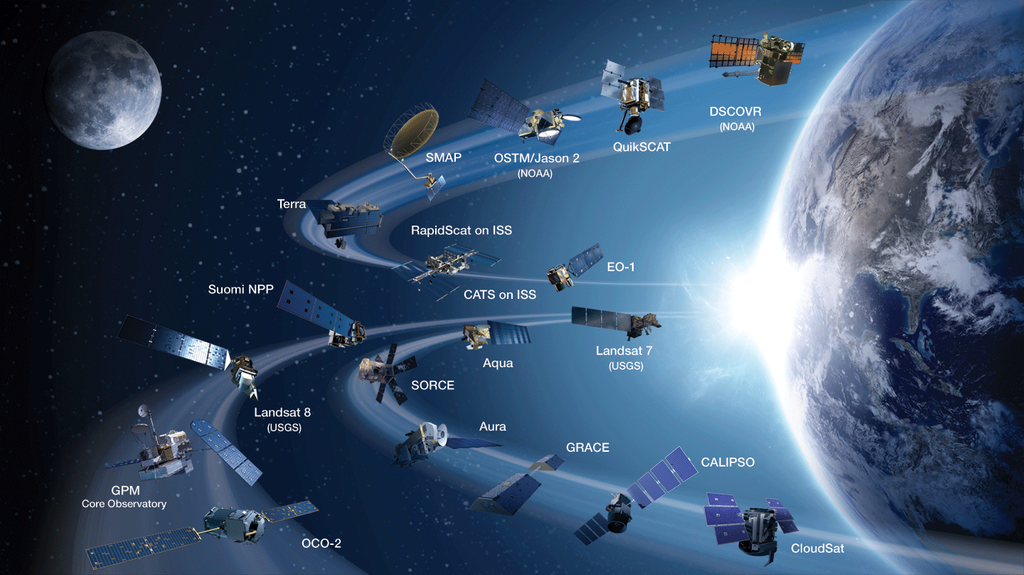1 min read
Jupiter Compass Image

Two views of the giant gas planet Jupiter appear side-by-side for comparison. At the top, left corner of the left image is the label Jupiter, November 12, 2022, HST WFC3/UVIS. At the left, bottom corner of the left image is a small, horizontal, white line. Over this line is the value 34,000 miles. Below the line is the value 55,000 kilometers. At the top, left corner of the right image is the label January 6, 2023. At the top, right corner of the right image are three, colored labels representing the color filters used to make these pictures. Located on three separate lines, these are F395N in blue, F503N in green, and FG31N in red. At the left, bottom corner is a small, horizontal, white line, which is slightly smaller than its counterpart on the left. On the top of the line is the value 34,000 miles, and below the line is the value 55,000 kilometers. On the bottom, right corner of the right image are compass arrows showing north toward the top, left corner and east toward the bottom, left corner.
About the Object
- DistanceDistanceThe physical distance from Earth to the astronomical object. Distances within our solar system are usually measured in Astronomical Units (AU). Distances between stars are usually measured in light-years. Interstellar distances can also be measured in parsecs.On Nov. 12, 2022 Jupiter was 4.26 AU from Earth (about 396 million miles). On Jan. 06, 2023 Jupiter was 5.07 AU from Earth (about 472 million miles).
About the Data
- Data DescriptionData DescriptionProposal: A description of the observations, their scientific justification, and the links to the data available in the science archive.
Science Team: The astronomers who planned the observations and analyzed the data. "PI" refers to the Principal Investigator.The HST observations include those from program 16790 (A. Simon)
- InstrumentInstrumentThe science instrument used to produce the data.WFC3/UVIS
- Exposure DatesExposure DatesThe date(s) that the telescope made its observations and the total exposure time.12 Nov. 2022, 06 Jan. 2023
- FiltersFiltersThe camera filters that were used in the science observations.F395N, F502N, F631N
- Object NameObject NameA name or catalog number that astronomers use to identify an astronomical object.Jupiter
- Object DescriptionObject DescriptionThe type of astronomical object.Planet
- Release DateMarch 23, 2023
- Science ReleaseHubble Monitors Changing Weather and Seasons at Jupiter and Uranus
- CreditNASA, ESA, STScI, Amy Simon (NASA-GSFC), Michael Wong (UC Berkeley); Image Processing: Joseph DePasquale (STScI)

These images are a composite of separate exposures acquired by the WFC3 instrument on the Hubble Space Telescope. Several filters were used to sample medium wavelength ranges. The color results from assigning different hues (colors) to each monochromatic (grayscale) image associated with an individual filter. In this case, the assigned colors are: Blue: F395N, Green: F502N, Red: F631N
Related Images & Videos

Jupiter (Nov. 2022 and Jan. 2023)
[left] —The forecast for Jupiter is stormy weather at low northern latitudes. A prominent string of alternating storms is visible, forming a "vortex street" as some planetary astronomers call it. This is a wave pattern of nested anticyclones and cyclones, locked together like in...

Uranus (Nov. 2014 and Nov. 2022)
Planetary oddball Uranus rolls on its side around the Sun as it follows an 84-year orbit, rather than spinning in a more-vertical position as Earth does. Uranus has a weirdly tipped "horizontal" rotation axis angled just eight degrees off the plane of the planet's orbit. One...

Uranus Compass Image
Two views of the planet Uranus appear side-by-side for comparison. At the top, left corner of the left image is a two-line label. The top line reads Uranus November 9, 2014. The bottoms line reads HST WFC3/UVIS. At the top, left corner of the right image is the label November...
Share
Details
Claire Andreoli
NASA’s Goddard Space Flight Center
Greenbelt, Maryland
claire.andreoli@nasa.gov






























